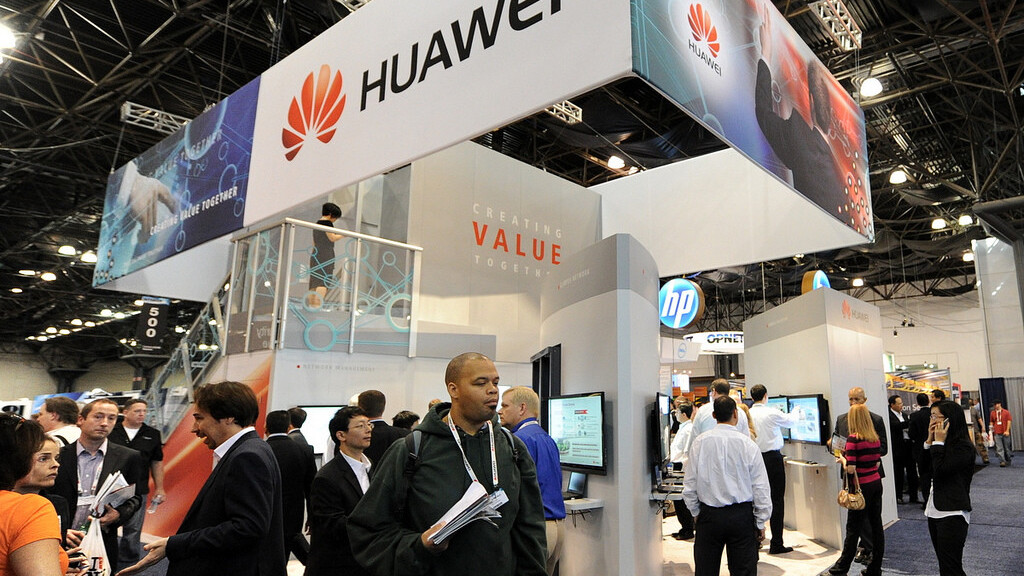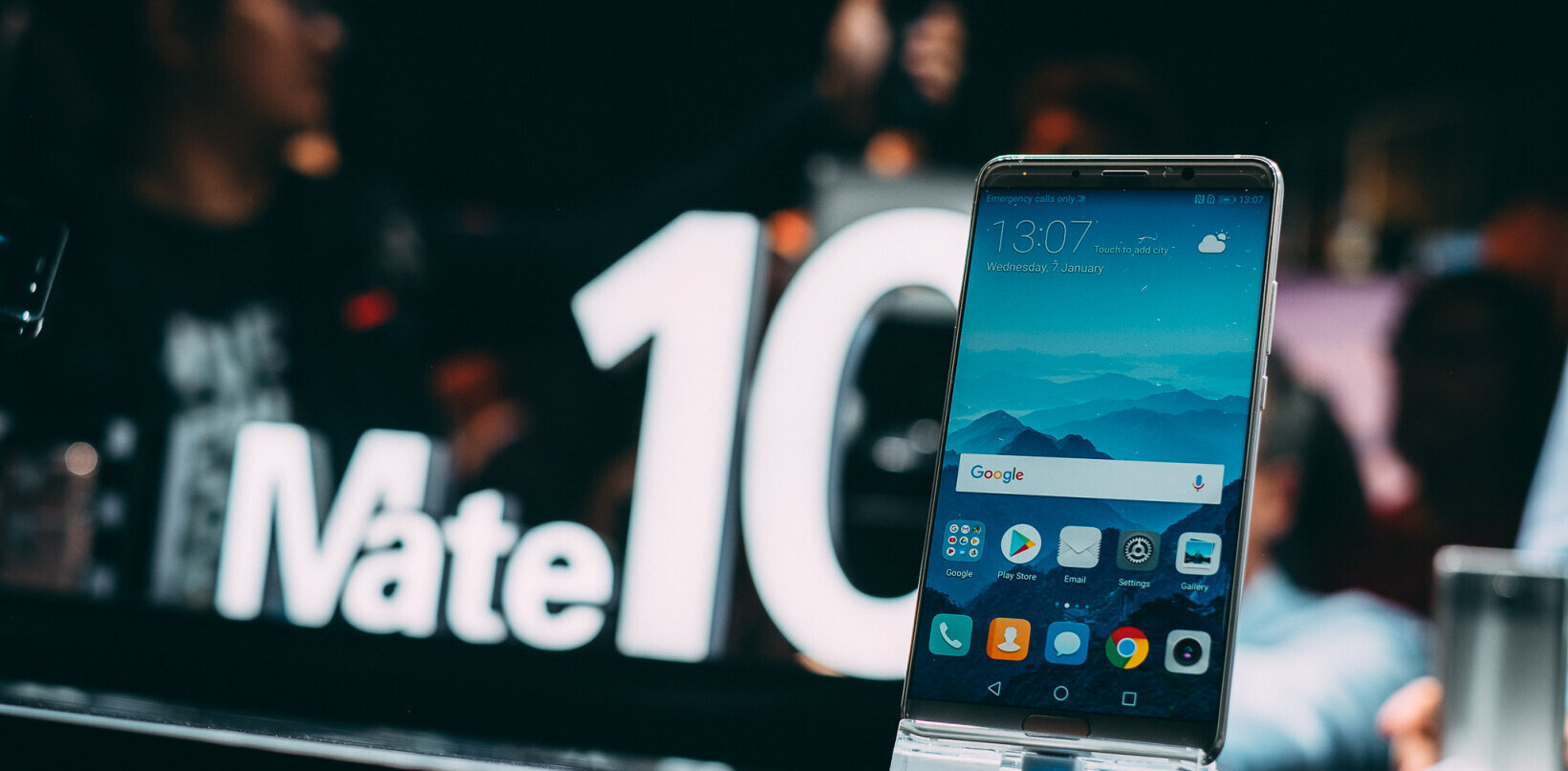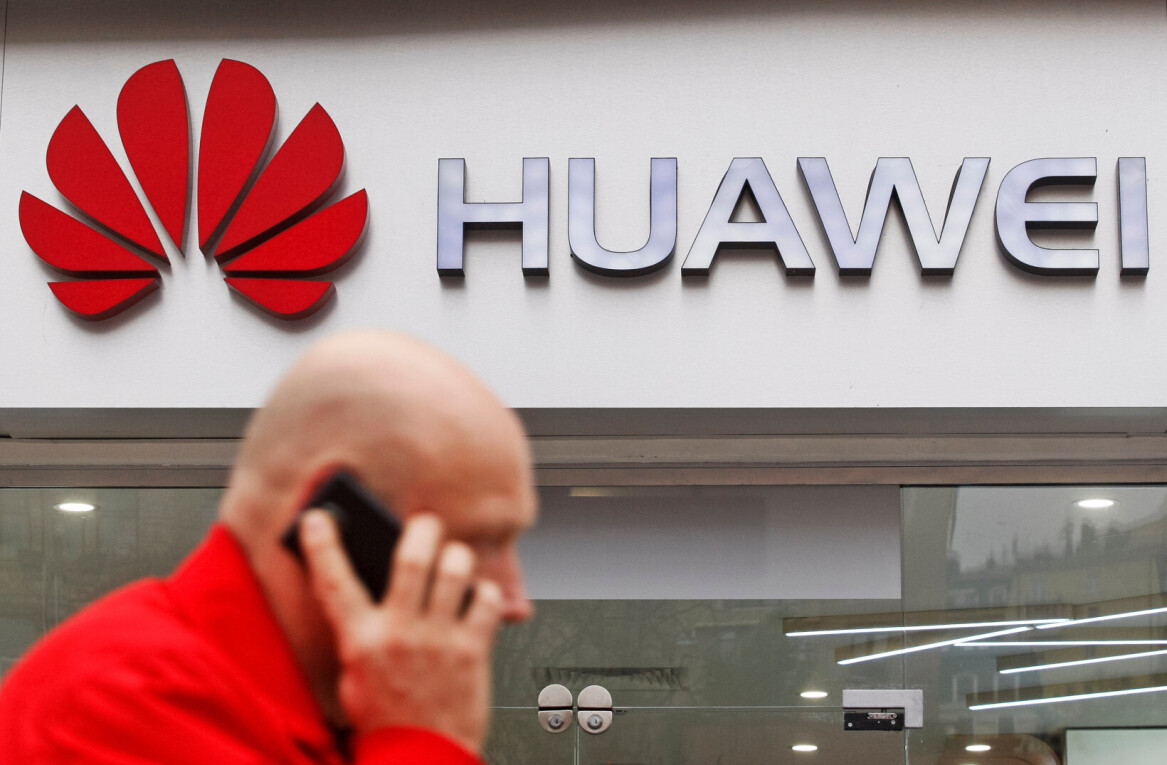
Last month Creative, and its subsidiary firm QMax, sued Huawei for $9.3 million alleging that the firm was responsible for the failure of a WiMAX network in Singapore. Today, Huawei is reported to have turned the tables and countersued over the now closed service, according to Straits Times.
The Chinese firm is claiming that is is owed $8.23 million in unpaid goods and services, that’s in addition to compensation for the ‘wrongful’ termination of its contract, a figure that is yet to be calculated.
Creative launched the WiMAX network, under the QMax banner, in 2008 but the QMax service was shuttered in December last year.
Creative’s most recent financial statements [PDF] cite the failure to meet network performance requirements as to blame. While it notes that there will be legal action, the document doesn’t name Huawei directly or provide further details:
At the end of the second quarter of FY2012, QMax suspended the wireless broadband project as the vendor for the equipment has failed to deliver on the key network performance requirements set out in the relevant supply contract.
[Creative] and QMax have given notice to the vendor to terminate or rescind the supply contract on the grounds of material breach of the contract and/or misrepresentations by the vendor.
The Company and QMax have also recently initiated legal proceedings against the vendor to recover damages and all losses suffered in relation to the wireless broadband project, after discussions with the vendor failed to reach a satisfactory conclusion.
Huawei’s telecom equipment business has seen significant amounts of controversy for its dealings in the Middle East, among other markets. A report published last year accused the company of knowingly assisting the Iranian government in tracking its citizens, a claim that the company strongly denies.
The report was enough to concern the US government however, and it launched an inquiry into possible security threats posed by Huawei and fellow Chinese firm ZTE, whose US telecom businesses have grown significantly there in recent times.
We’ve reached out to Huawei for clarification and will update this post with any comment that we are given.
Get the TNW newsletter
Get the most important tech news in your inbox each week.





